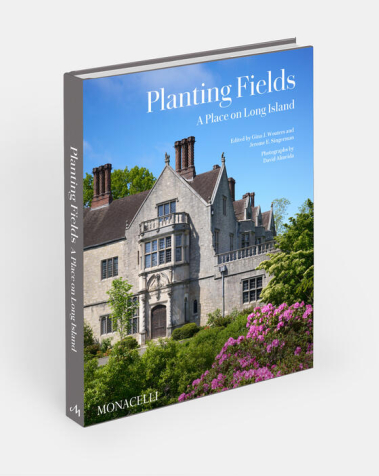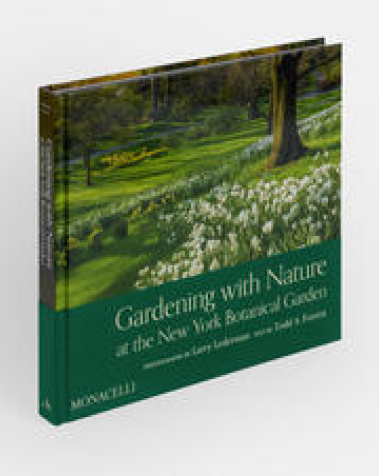Book of the Month
The Green Fuse:
Reviewer: Jonathan Olsen
Month: December 2025
The Green Fuse: Essays in Making Sense of Gardens by Peter Dale
London: Reaktion Books, 2025 $40.00 list, $33.81 Amazon.
In the introduction of the book the author expresses his interest in “other, and more neglected, ways of looking for answers to the question ‘What do gardens mean.” This comes in the form of independent essays often looking at gardening through the lens of its associations with the arts, philosophy, or religion. ...






